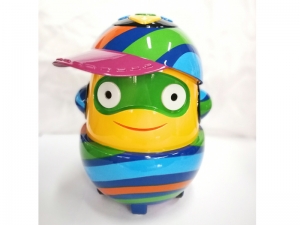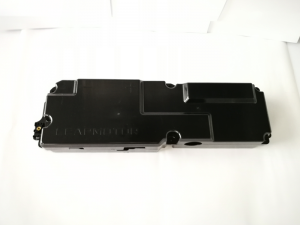1. Cost Efficiency
One of the most significant benefits of interchangeable mold inserts is cost efficiency. Traditional molds can be expensive to produce, particularly when different parts or designs are needed. By using interchangeable inserts, manufacturers can reduce the need for multiple full molds. Instead, they can create a base mold and switch out the inserts as needed. This drastically cuts down on the costs associated with mold production and storage.
2. Improved Production Flexibility
Interchangeable mold inserts provide unmatched flexibility in production. Manufacturers can quickly adapt to changing market demands or design modifications by simply replacing the insert rather than creating an entirely new mold. This adaptability allows for faster turnaround times and the ability to produce a wide variety of products with minimal downtime.
3. Enhanced Quality Control
Quality control is paramount in plastic injection molding. Interchangeable inserts facilitate better quality management by allowing specific areas of the mold to be replaced if they wear out or become damaged, without the need to replace the entire mold. This ensures that the overall quality of the produced parts remains high, as any defects can be quickly and easily addressed.
4. Extended Mold Life
The ability to replace only the worn-out or damaged parts of a mold, rather than the entire mold, extends the life of the mold significantly. This is particularly beneficial in high-volume production environments where molds are subject to significant wear and tear. By swapping out inserts, manufacturers can maintain optimal performance and prolong the lifespan of their molds.
5. Design Versatility
Interchangeable inserts offer immense design versatility. They enable manufacturers to produce complex parts with intricate designs that would be challenging or impossible with traditional molds. Inserts can be customized for specific features, such as textured surfaces, intricate patterns, or detailed logos, providing greater creative freedom and the ability to meet diverse client needs.
6. Reduced Lead Times
Speed is a critical factor in manufacturing. Interchangeable inserts significantly reduce lead times by allowing for rapid mold changes and adjustments. This is particularly advantageous in industries where time-to-market is crucial, such as consumer electronics or automotive parts. Faster production cycles mean that products can reach the market more quickly, giving companies a competitive edge.
7. Sustainability
Sustainability is becoming increasingly important in manufacturing. Interchangeable mold inserts contribute to more sustainable practices by reducing material waste. Since only the inserts need to be replaced or modified, less material is used overall, and there is a reduction in the environmental impact associated with mold production and disposal.
8. Simplified Maintenance
Maintaining molds can be a complex and time-consuming task. With interchangeable inserts, maintenance becomes more straightforward and efficient. Inserts can be easily removed, cleaned, or replaced, reducing the time and effort required to keep molds in optimal condition. This ensures that production processes remain smooth and uninterrupted.
Conclusion
Interchangeable mold inserts have brought about a paradigm shift in the plastic injection molding industry. Their benefits, ranging from cost efficiency and improved flexibility to enhanced quality control and sustainability, make them an invaluable asset for manufacturers. As technology continues to advance, the adoption of interchangeable inserts is likely to increase, driving further innovation and efficiency in the production of plastic parts. For any manufacturer looking to stay competitive and responsive to market demands, investing in interchangeable mold inserts is a strategic move that promises significant returns.












 +1 270-282-2096
+1 270-282-2096
